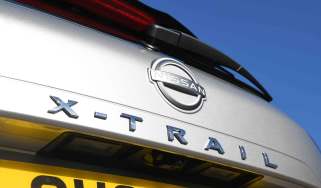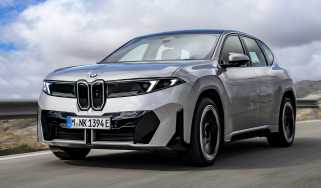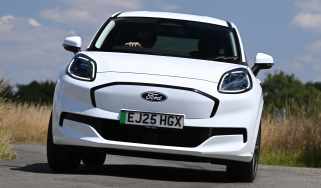What is oversteer?
If you're confused by oversteer and want to know how to control it, just read our handling guide...
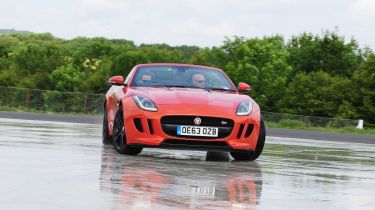
Oversteer is the opposite of understeer, and is the reaction of a car that steers too much into a corner. However, there are different types of oversteer to contend with, the main difference being between oversteer that occurs on the entry of a corner, and oversteer that happens on the exit. Here we deal with the former. For the latter, our article on drifting is here to help.
The main cause of oversteer going into corners is excessive speed, but unlike understeer, the front of the car tucks sharply into the corner, while the rear becomes unbalanced and rotates around the front of the car. This will either be because the car has a neutral or rear-biased weight distribution (early Porsche 911s were notorious for their wayward tail-happy handling), or because there's less grip at the back of the car than there is at the front.
• How to control understeer and oversteer
A car’s rear end can swing out purely through the car becoming unbalanced on the entry to a corner, this could be caused by a lack of grip, excessive speed, or sudden inputs on the steering or brakes. It can also happen as a result of a driver realising that they are carrying too much speed and lifting off the throttle. This kind of oversteer is known as 'lift-off' oversteer and happens when a lift off the throttle sends the car’s weight forward causing the rear wheels to lose grip.
Oversteer is harder to control than understeer, because the rear end of the car isn't directly controlled by the steering wheel. You still use the steering to control it, but it's done by applying opposite inputs to the front wheels. Fortunately, the majority of cars that are likely to be prone to oversteer will be equipped with electronic stability control (ESC) which uses sensors on the wheels to detect when the car is entering an oversteer situation, and will quickly intervene to ensure the car is brought back under control.
How to control oversteer
If there's no ESC to control oversteer (either by design, or if you have turned the ESC system off), then you will need to be quick with your reactions to correct an oversteer slide. One steadfast rule you should stick to is to look where you want to go, as this will help you get through any situation where you experience a loss of grip.
First you should apply opposite steering lock to counter the rear wheels sliding. For example, if the car's rear end has stepped out in a left-hand corner, you should steer to the right. This sounds easy enough, but you will need to be prepared for the car to regain grip, which will then see the car going in the direction you have turned the steering wheel, so you have to make sure you take the steering lock off in time.
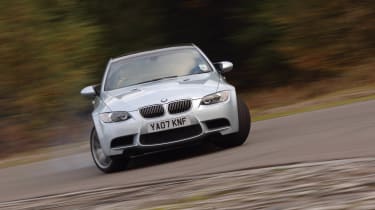
At the same time, you should go easy on the throttle, but try not to apply the brakes. It will be instinctive to do this, but braking will transfer more of the car's weight to the front wheels, which will only magnify the oversteer.
If you experience lift-off oversteer in a front-wheel-drive car, another option you have is to apply more power. This will send the car’s weight rearward again and ’pull' the front wheels into line with the sliding rear, although if you do this on the road it might put you on the opposite side of the carriageway and in danger.
How to avoid oversteer
As with understeer, the way to avoid oversteer on the entry to a corner is to make sure you've slowed down enough before you enter the corner. There will be markers showing you what kind of corner is coming in the form of black and white chevrons at the side of the road and other road markings, and if you look far enough ahead, you will be able to plan your approach to a corner and adopt the correct speed before an oversteer situation occurs.
It goes without saying that if your car is equipped with ESC, then you should have it switched on when you're driving on the road. That will help to reduce the chances of oversteer happening, and will keep you safe and secure in most situations.
What's the best car to drive that you've ever owned? Tell us about it in the comments section below...
• What is understeer?• What is oversteer?• What is drifting?• What is torque steer?
Find a car with the experts
